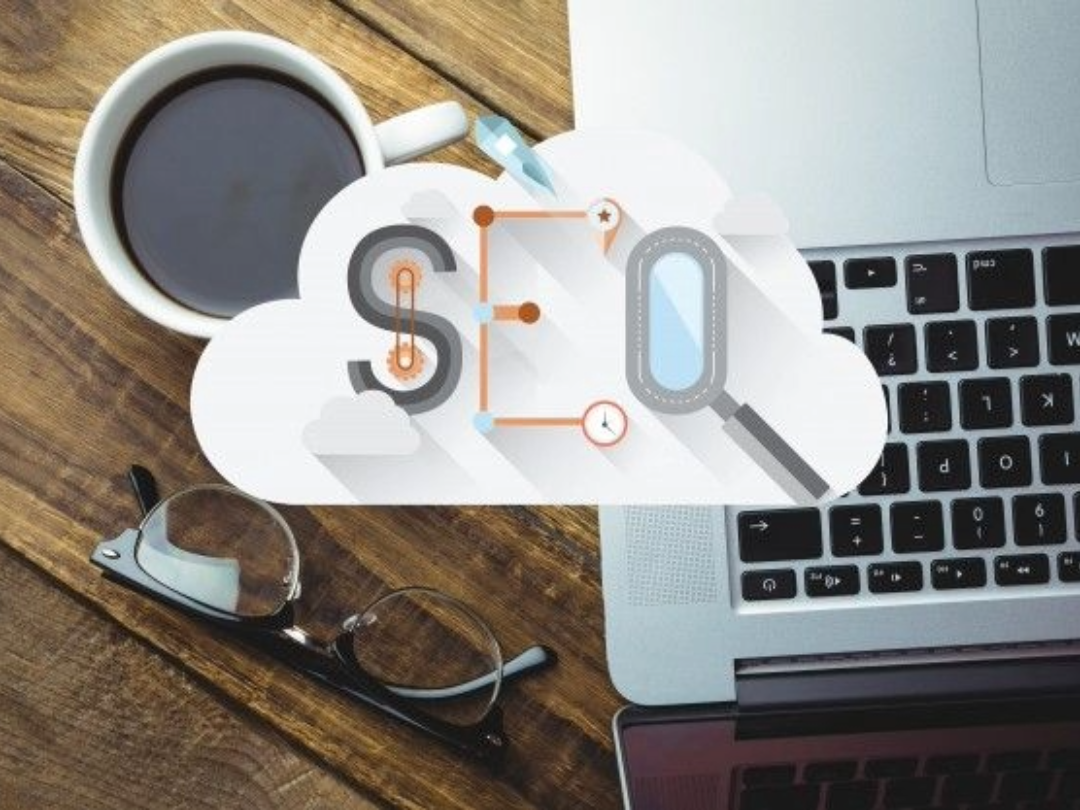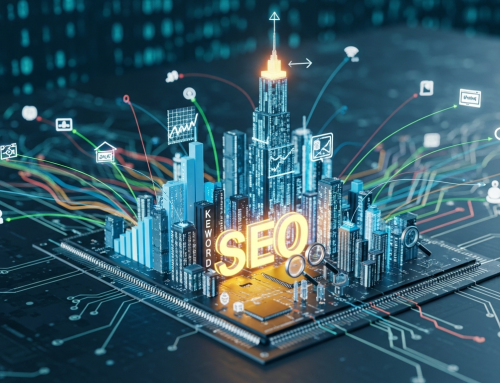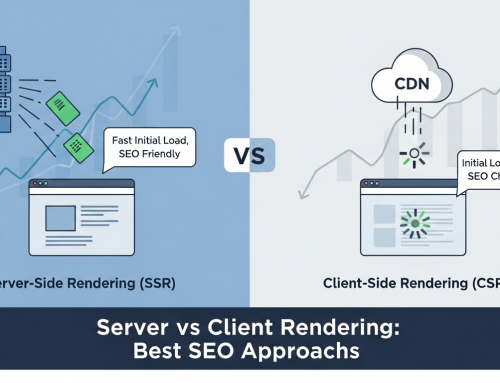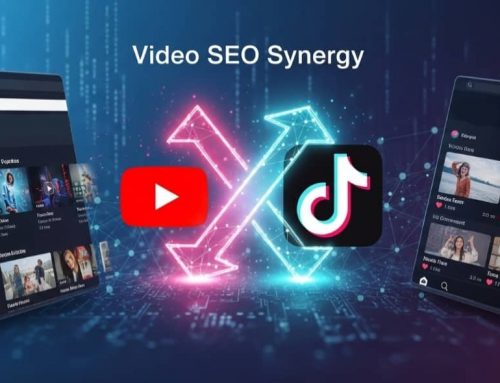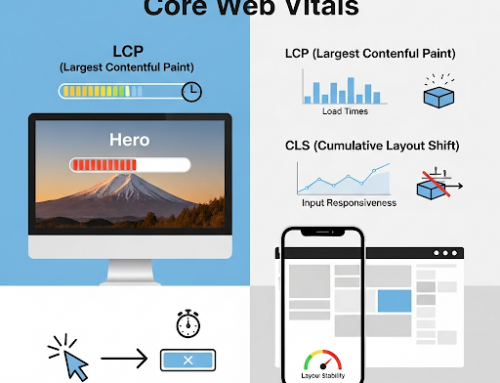What is on-page SEO?
On-page SEO refers to the practice of optimizing individual web pages to rank higher and earn more relevant traffic in search engines. This optimization involves improving both the content and HTML source code of a page, which can include optimizing content quality, meta tags, headings, internal links, and other on-page elements. The goal is to make the page more appealing to both users and search engines, thereby improving its search engine rankings and visibility.
Why is on-page SEO important?
On-page SEO is crucial because it directly influences a webpage’s ability to rank well in search engines. By optimizing on-page elements, you improve the page’s relevance, usability, and visibility to search engines, which can lead to higher organic search rankings, increased organic traffic, and better user engagement. Essentially, on-page SEO helps search engines understand the content and context of a page, making it more likely to be displayed to users seeking relevant information.
On-Page SEO Elements
Key on-page SEO elements include:
1. Title Tags
2. Meta Descriptions
3. URL Structure
4. Headings (H1, H2, etc.)
5. Content Quality
6. Keyword Optimization
7. Image Optimization
8. Internal Linking
9. Mobile Optimization
10. Page Speed
11. User Experience (UX)
12. Schema Markup
On-Page SEO Checklist
Make sure your keyword is in your URL
Including your target keyword in the URL can contribute to on-page SEO. However, it’s essential to ensure that the URL remains concise, relevant, and user-friendly. Strive for a balance between including the keyword and maintaining a clear, readable URL structure.
Optimize your page title
When optimizing your page title, ensure it is concise, compelling, and includes relevant keywords. It should accurately represent the content of the page while encouraging clicks from search engine users.
Use headers
Incorporating headers (H1, H2, etc.) helps structure your content, making it more readable for both users and search engines. Headers also provide an opportunity to naturally include relevant keywords, further aiding in on-page SEO.
Include keywords in your body copy
Integrating relevant keywords naturally within your body copy helps search engines understand the context of your content, contributing to improved on-page SEO. However, it’s crucial to maintain readability and avoid keyword stuffing
Incorporate images, graphics, and other visuals
Incorporating images, graphics, and other visuals not only enhances user experience but also provides an opportunity for optimization. Ensure that visuals are relevant to the content and include descriptive file names and alt text, contributing to improved on-page SEO.
Add meta description
When adding a meta description, ensure it’s concise, around 150-160 characters, summarizes the page content accurately, and encourages users to click through. This helps improve search engine visibility and click-through rates.
Optimize visuals with alt-text
Optimizing visuals with alt-text is crucial for accessibility and SEO. Alt-text should be descriptive, conveying the image’s purpose and content concisely. This ensures that visually impaired users can understand the content, and search engines can better index the images for relevant searches.
Add internal links
Adding internal links to relevant pages on your website is crucial for improving navigation and spreading link equity throughout your site. Ensure that the anchor text is descriptive and relevant to the linked page. This practice enhances user experience and helps search engines better understand the structure and content of your website.
Add external links
When adding external links, ensure they point to reputable and relevant sources. External links should provide additional value to your content and complement the information you are presenting. Be mindful of the quality and authority of the sites you are linking to, as this can impact your own site’s credibility.
How to Manage On-Page SEO at Scale
- Crawl your website
- Conduct an SEO audit and define your site architecture
- Update URLs, page titles, and meta descriptions
- Track keywords and topics for each page
- Establish value propositions for each page
- Define your target audience
- Plan new page titles
- Add new meta descriptions
- Review and edit page content as needed
- Incorporate visual content
- Add relevant links
- Optimize for conversions
Conclusion
In conclusion, the ultimate guide to on-page SEO in 2024 emphasizes the critical role of user experience, relevance, and quality content. It underscores the importance of mobile optimization, structured data, and the use of natural language processing. Furthermore, it highlights the need for continuous adaptation to search engine algorithm updates and the integration of AI-driven tools for comprehensive on-page optimization. This guide aims to equip digital marketers with the latest strategies to achieve sustainable on-page SEO success in the evolving digital landscape of 2024.

